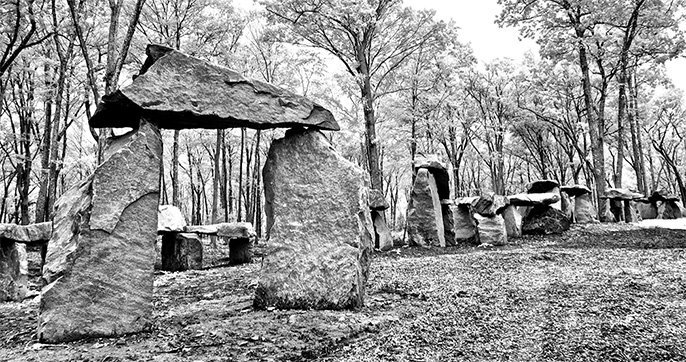Formalizing photographic aesthetics
January 2, 2003 | Edward Tufte
48 Comment(s)
Here are some remarks on aesthetic controls for photographers by Philip Greenspun and E.T.
Philip’s essay, reproduced below, was originally posted on his site.
Topics: 3-Star Threads, E.T.



